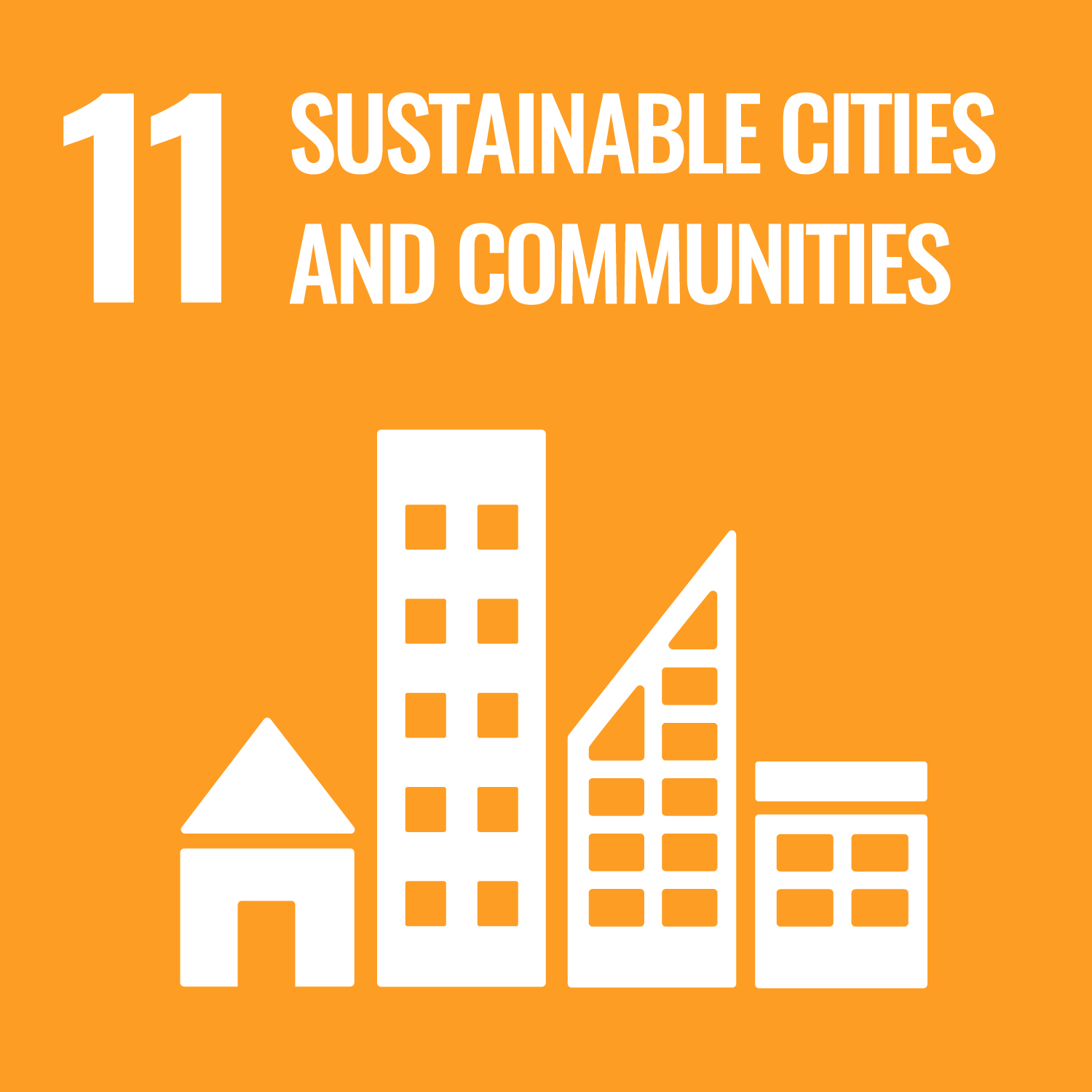Learn about social information network design research by following the flow below.
1. Attend lectures on research cases
2. Conduct a survey on research cases
3. Carry out group work on the survey results
4. Give a presentation on the survey results based on the results of group work
1. Attend lectures on research cases
2. Conduct a survey on research cases
3. Carry out group work on the survey results
4. Give a presentation on the survey results based on the results of group work
To be able to learn keywords related to social information network design research, to be able to investigate by yourself,
and to be able to give presentations based on the results after group discussions on the content.
- Students will be able to learn keywords related to social information network design research and investigate by themselves.
- Students will be able to discuss the content of social information network design research in groups.
- Students will be able to make presentations on the content of social information network design research.
| Minute paper for survey | Minute paper for group work | Presentation | Total. | |
|---|---|---|---|---|
| 1. | 25% | 25% | ||
| 2. | 25% | 25% | ||
| 3. | 50% | 50% | ||
| Total. | 25% | 25% | 50% | - |
| Class schedule | HW assignments (Including preparation and review of the class.) | Amount of Time Required | |
|---|---|---|---|
| 1. | Lecture on research cases (1-1) | Preview of basic knowledge | 100minutes |
| Review of the class | 90minutes | ||
| 2. | Lecture on research cases (1-2) | Preview of basic knowledge | 100minutes |
| Review of the class | 90minutes | ||
| 3. | Survey on research cases (1-1) | Survey | 100minutes |
| Review of the class | 90minutes | ||
| 4. | Survey on research cases (1-2) | Survey | 100minutes |
| Review of the class | 90minutes | ||
| 5. | Lecture on research cases (2) | Preview of basic knowledge | 100minutes |
| Review of the class | 90minutes | ||
| 6. | Survey on research cases (2-1) | Survey | 100minutes |
| Review of the class | 90minutes | ||
| 7. | Survey on research cases (2-2) | Survey | 100minutes |
| Review of the class | 90minutes | ||
| 8. | Group work based on survey results (1) | Preparation for group work | 100minutes |
| Review of the class | 90minutes | ||
| 9. | Group work based on survey results (2) | Preparation for group work | 100minutes |
| Review of the class | 90minutes | ||
| 10. | Group work based on survey results (3) | Preparation for group work | 100minutes |
| Review of the class | 90minutes | ||
| 11. | Presentation about survey results (1) | Preparation for presentation | 100minutes |
| Review of the class | 90minutes | ||
| 12. | Presentation about survey results (2) | Preparation for presentation | 100minutes |
| Review of the class | 90minutes | ||
| 13. | Presentation about survey results (3) | Preparation for presentation | 100minutes |
| Review of the class | 90minutes | ||
| 14. | Summary | Preview of the whole content part | 100minutes |
| Review of the class | 90minutes | ||
| Total. | - | - | 2660minutes |
Score of 60% or more is required to pass.
Achievement goals 1, 2, and 3 are evaluated based on minute paper, minute paper, and presentation.
Achievement goals 1, 2, and 3 are evaluated based on minute paper, minute paper, and presentation.
| ways of feedback | specific contents about "Other" |
|---|---|
| Feedback in the class |
References:
Computer Networking: A Top-Down Approach, Pearson
TCP/IP Sockets in C: Practical Guide for Programmers, Morgan Kaufmann
コンピュータネットワーク, 日経BP
詳解TCP/IP Vol.1 プロトコル, ピアソンエデュケーション
TCP/IPソケットプログラミング C言語編, オーム社
参考URL:
情報処理推進機構ネットワークスペシャリスト試験(https://www.jitec.ipa.go.jp/1_04hanni_sukiru/_index_mondai.html)
シスコCCNA (https://www.cisco.com/c/ja_jp/training-events/training-certifications/exams/current-list/ccna-200-301.html)
Computer Networking: A Top-Down Approach, Pearson
TCP/IP Sockets in C: Practical Guide for Programmers, Morgan Kaufmann
コンピュータネットワーク, 日経BP
詳解TCP/IP Vol.1 プロトコル, ピアソンエデュケーション
TCP/IPソケットプログラミング C言語編, オーム社
参考URL:
情報処理推進機構ネットワークスペシャリスト試験(https://www.jitec.ipa.go.jp/1_04hanni_sukiru/_index_mondai.html)
シスコCCNA (https://www.cisco.com/c/ja_jp/training-events/training-certifications/exams/current-list/ccna-200-301.html)
- Course that cultivates a basic self-management skills
- Course that cultivates an ability for utilizing knowledge
| Work experience | Work experience and relevance to the course content if applicable |
|---|---|
| Applicable | The lecturer has practical experience as a director and technical advisor in multiple information and communication related companies. In the class, he tries to make it possible to realize that the technology we are learning is a practical technology, including troubles and failure stories that he has experienced in practice. |


- 9.INDUSTRY, INNOVATION AND INFRASTRUCTURE
- 11.SUSTAINABLE CITIES AND COMMUNITIES
Last modified : Tue Aug 27 13:57:43 JST 2024
